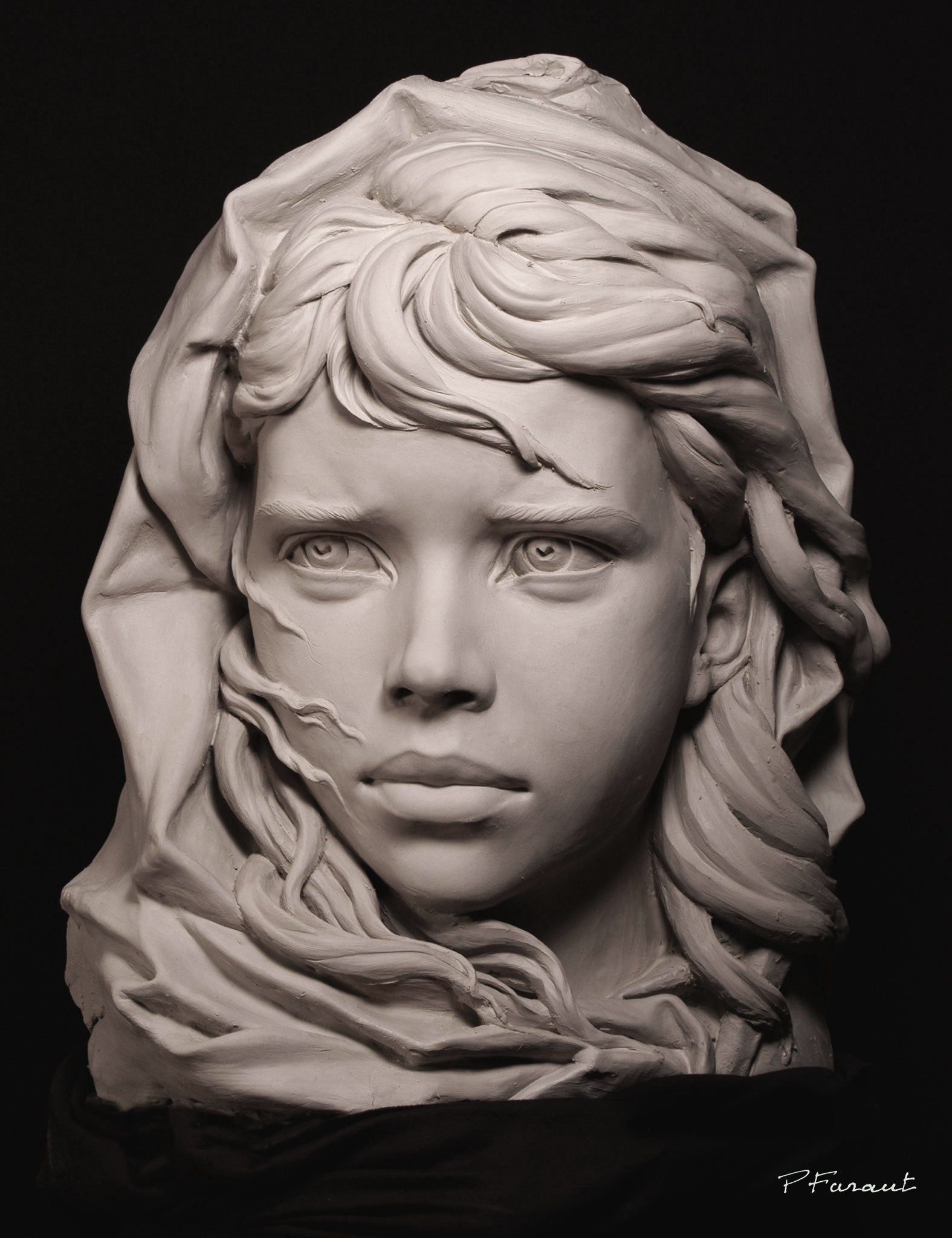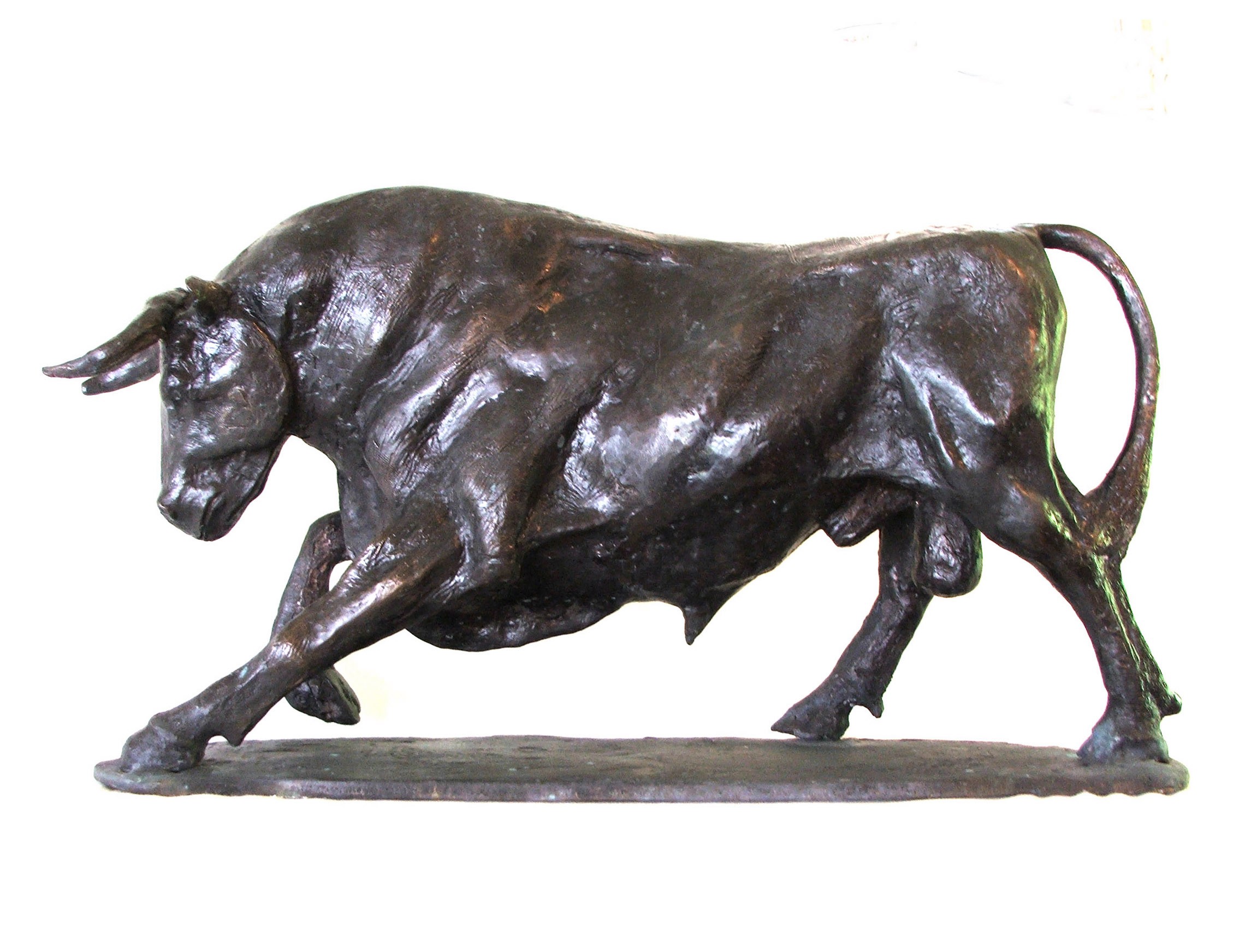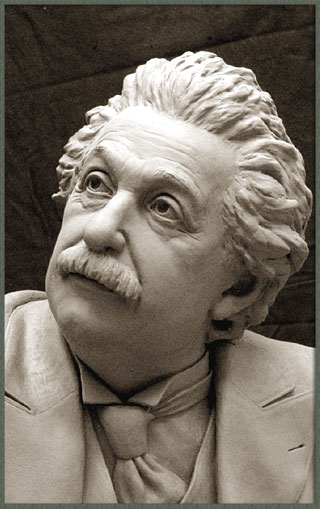The Influence of Nature in Sculpture Art
The impact of nature in sculpture art is a topic that has mesmerized artists throughout background. From ancient worlds to contemporary artists, the all-natural globe has acted as a profound source of inspiration. This impact appears in the natural kinds and forms that are frequently located in sculpture, imitating the curves and shapes of nature. Artists likewise explore appearance and materials in their job, looking for to recreate the tactile qualities of the environment. Significance of natural environments is another way in which nature affects sculpture, as artists imbue their productions with the definition and organizations fundamental in these elements. The setting itself, with its landscapes, plants, and fauna, is commonly mirrored in sculptures, offering a link to the globe around us. Ultimately, sculpture art has the power to record the transience of nature, freezing a minute in time and enabling us to value its charm in perpetuity.
Organic Forms and types
Organic types and shapes, inspired by the harmonious frameworks and detailed patterns located in nature, play a crucial duty in the world of sculpture art. Artists have actually long been mesmerized by the beauty and complexity of the all-natural globe, discovering motivation in the graceful curves of a seashell, the fragile petals of a flower, or the turning branches of a tree. By imitating and extracting these natural types, musicians are able to create sculptures that stimulate a sense of consistency and balance.
Among the factors natural types and shapes are so common in sculpture art is their capacity to link with customers on a deep emotional degree. The all-natural world is acquainted to all of us, and when we see these kinds represented in art, it evokes a feeling of comfort and acknowledgment. It advises us of our area in the grand plan of things and enables us to connect with something higher than ourselves.
Moreover, organic kinds and shapes in sculpture art usually symbolize a feeling of motion and power. The flowing lines and dynamic structures mimic the consistent motion and development found in nature. This produces a sense of vigor and brings sculptures to life, making them appear as if they can remain to progress and change prior to our eyes.
Texture and Product Expedition
A significant facet of sculpture art influenced by nature is the expedition of structure and products with making use of different strategies and mediums. Artists usually draw motivation from the varied textures discovered in the environment, such as the rough bark of a tree, the smooth surface of a pebble, or the detailed patterns on a leaf. By including these appearances into their work, sculptors can produce a tactile experience for visitors, welcoming them to engage with the artwork on a sensory level.
Appearance can be achieved in sculpture through a range of techniques. Some musicians pick to carve or sculpt straight into the selected material, producing a three-dimensional surface area that resembles the appearances found in nature. Others might utilize strategies such as molding or casting to record the information of natural textures. Additionally, musicians might explore various products, such as timber, rock, clay, or steel, each offering its own distinct texture and visual allure.
Product expedition is also a significant component of sculpture art affected by nature. Artists might venture right into uncharted territory, looking for brand-new products that stimulate the essence of the natural world. For instance, they may include all-natural elements like branches, leaves, or even soil into their sculptures, internet blurring the limits in between art and the environment. Bronze Sculptures. By pushing the boundaries of traditional materials and techniques, artists can create visually stunning and conceptually abundant jobs that commemorate the beauty and diversity of nature.
Significance of Natural Elements
The incorporation of all-natural components in sculpture art adds a layer of importance and depth to the art work. By making use of materials discovered in nature, artists are able to imbue their productions with definition that resonates with audiences on a profound degree. Natural environments such as wood, rock, and plants have actually been made use of throughout background to convey various symbolic messages.
Sculptures crafted from this material can stimulate a sense of link to the earth and the cycles of life. Sculptures carved from rock can symbolize the timeless nature of certain ideas or concepts.
Flowers and plants are also regularly integrated into sculpture art, representing styles of renewal, development, and elegance. The fragile flowers and lively colors of blossoms can stimulate feelings of joy, while the linking branches of plants can symbolize interconnectedness and unity.
Along with these all-natural materials, sculptors might additionally make use of natural environments such as fire, wind, or water to better enhance the symbolic message of their art work. These aspects can represent the transformative power of nature, the passage of time, or the forces that shape our globe.

Reflections of the Atmosphere
Representations of the Atmosphere can be seen in sculpture art with the consolidation of natural environments and the portrayal of environmental motifs. Carvers typically attract ideas from the environment, using materials such as wood, rock, or perhaps recycled materials to develop their art work. By utilizing these natural elements, they not only pay tribute to the atmosphere however also develop a more powerful connection in between the art work and its environments.
In enhancement to the products used, sculpture art additionally mirrors the environment with the representation of eco-friendly motifs. Several artists pick to portray pets, plants, or landscapes in their job, highlighting the charm and fragility of the environment. These sculptures act as tips of the value of preserving our setting and the need for sustainable practices.

Furthermore, ecological sculptures often intend to increase recognition about pressing ecological issues. They function as visual depictions of the influence of human activities on the environment, such as deforestation, climate, or air pollution adjustment. By showing these problems in their art work, carvers want to influence customers to take action and become extra mindful of their very own ecological footprint.
Catching the Transience of Nature
Sculpture artists additionally check out the impact of nature by skillfully recording the ever-changing and ephemeral aspects of the natural globe. With their creativity, these musicians aim to depict the short lived charm and transience of nature, stimulating a feeling of wonder and reflection in visitors.
One method which sculpture musicians capture the transience of nature is by utilizing products that are themselves subject to decay and adjustment. Musicians might pick to function with natural materials such as fallen leaves, flowers, or timber, which normally degrade over time. This intentional option highlights the brevity of nature and reminds us of the inescapable cycle of life and death.
In addition, sculpture artists commonly employ techniques that develop a feeling of motion and fluidness in their job. By integrating streaming lines and vibrant types, they communicate the ever-changing nature of the environment. This can be seen in sculptures motivated by wind, water, or the growth of plants, where the artist seeks to catch the essence of continuous movement and transformation.
Additionally, some musicians choose to develop site-specific or momentary installations that engage with the environment. These ephemeral sculptures, made from products such as sand, ice, or light, are purposefully made to gradually vanish or alter gradually. By accepting the transient nature of their productions, artists invite audiences to mirror on the short lived appeal of the natural globe and the brevity of human existence.

Final Thought
To conclude, nature has an extensive influence on sculpture art. Via using organic forms and forms, artists have the ability to stimulate a sense of all-natural appeal and harmony. Appearance and material exploration better improve the link to nature, as artists often integrate all-natural products right into their sculptures. Importance of natural aspects includes depth and suggesting to the artwork, while representations of the environment capture the essence of nature. Ultimately, sculpture art catches the transience of nature and celebrates its long lasting effect.
Importance of all-natural elements is one more method in which nature affects sculpture, as musicians imbue their creations with the definition and associations intrinsic in these components.A significant aspect of sculpture art influenced by nature is the exploration of texture and products via the usage of different strategies and tools (Portrait Sculptor).Material exploration is additionally a substantial component of sculpture art influenced by nature.One method in which sculpture musicians capture the transience of nature is by utilizing products that are themselves subject to degeneration and modification. Structure and product expedition even more improve the link to nature, as artists frequently integrate natural products right into their sculptures